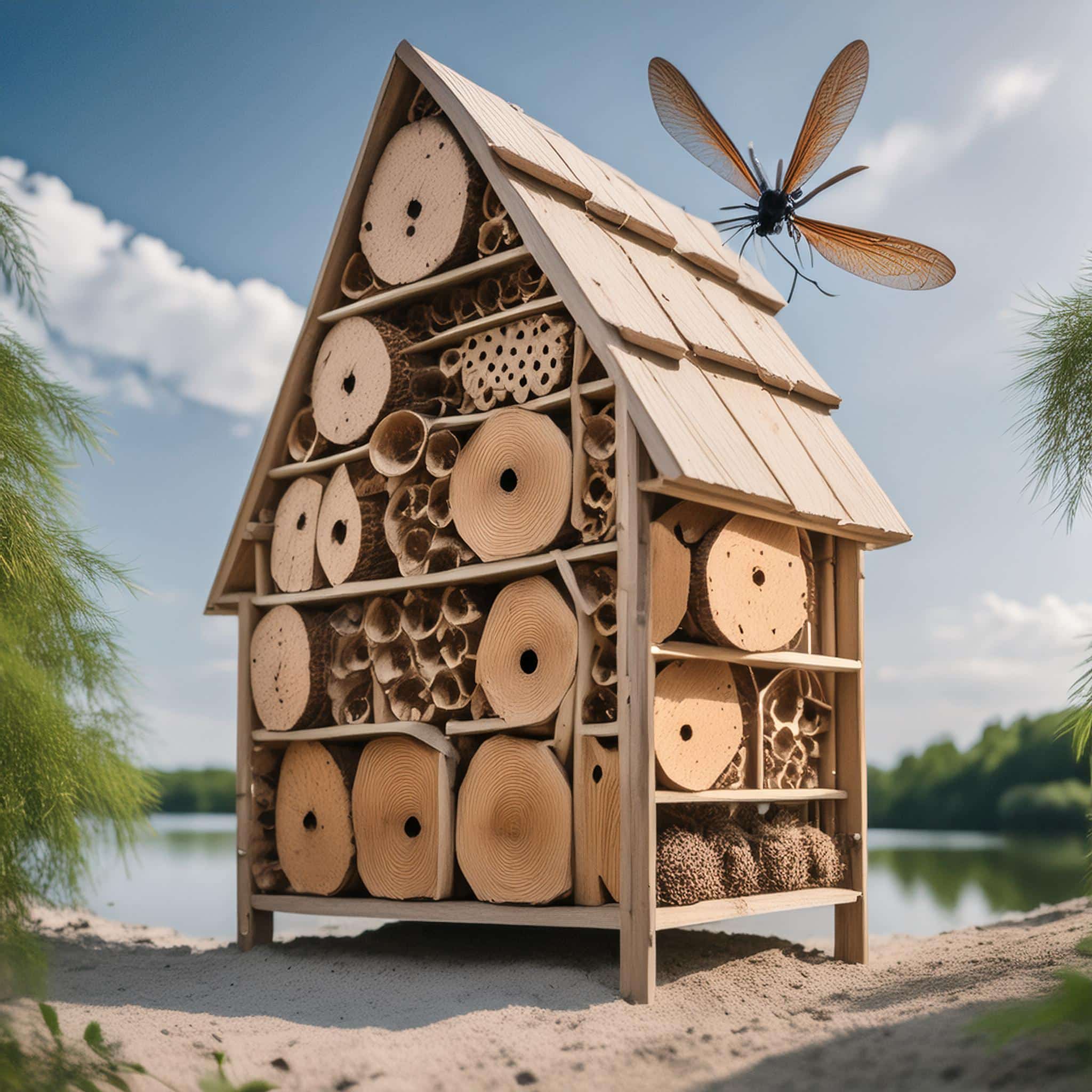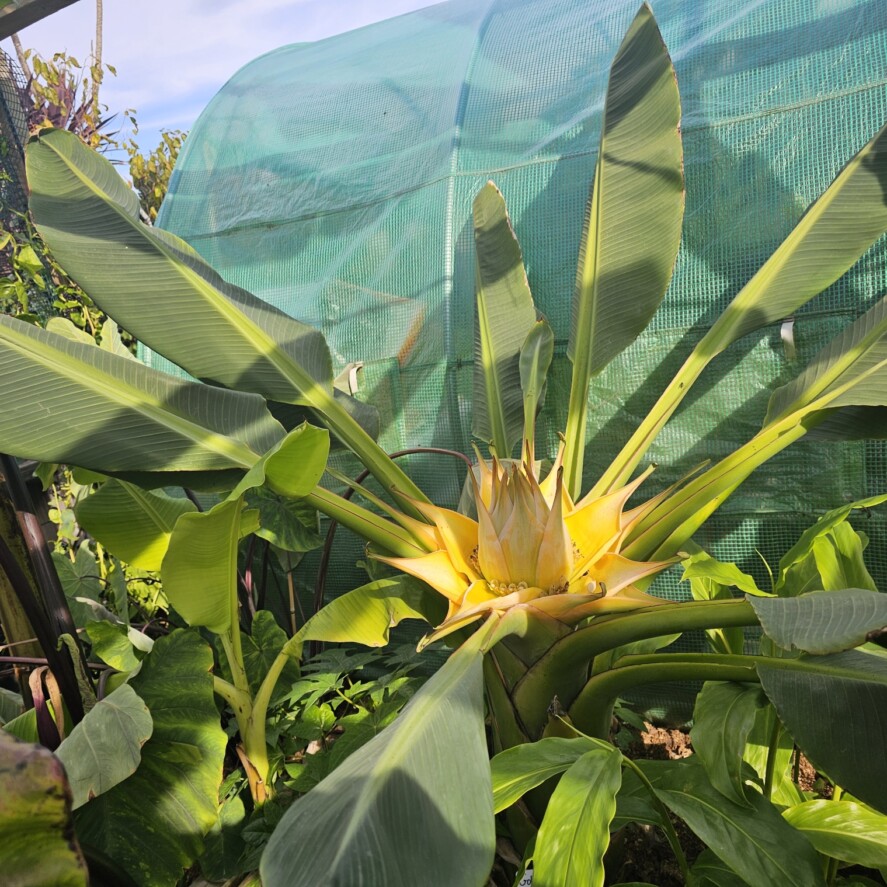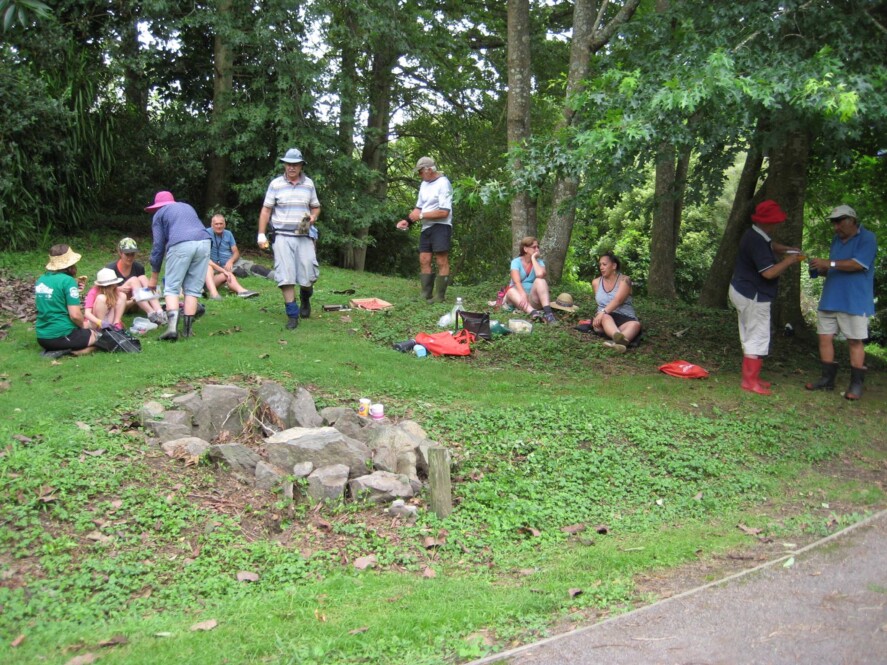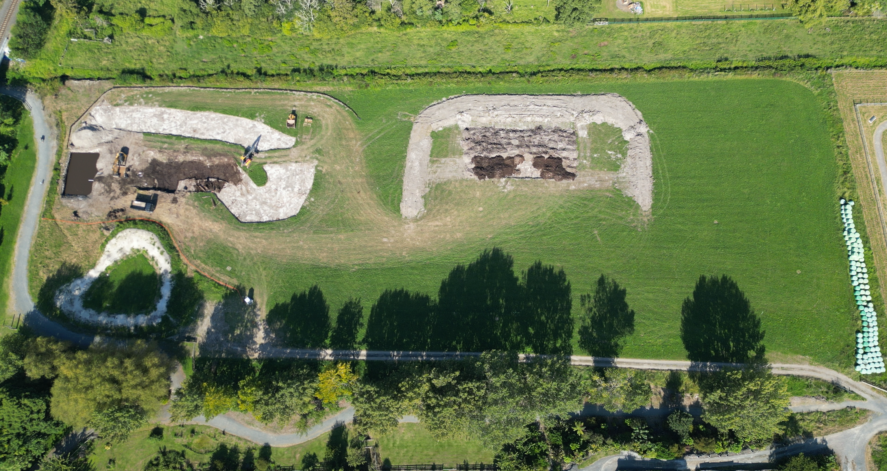-
Troppo Plant & Garden Articles
- Te Puke Region
- TROPPO’s Food Forest in Te Puke, BOP (www,foodforest.org.nz)
- Troppo’s Plant Collection
- TROPPO's Nursery Directory
- Food Forests of New Zealand (www.foodforests.nz)
- Nursery Map - Plant Suppliers of NZ Directory (www.nurserymap.nz)
- Kids Garden Corner
- New Zealand Garden Bird Survey
- New Zealand Garden Groups
- Delicious Recipes
Ready to create a cozy retreat for insects, also known as a bug hotel?

Insects play a crucial role in our environment, from pollinating crops to providing various services. They aerate soil, control pests, and produce useful substances like honey, wax, and silk.
Agriculturists have devised a simple and effective way to support these tiny helpers: bug hotels. These charming additions to gardens are not only beneficial for insects but also enhance your garden’s aesthetic appeal.
Insects are vital for the ecosystem, acting as a primary food source for many animals and maintaining the balance of food webs. A decline in beneficial insect populations can disrupt these systems.
Bug hotels, made from natural or recycled materials like wood blocks, dry sticks, and even cardboard tubes, offer insects a safe haven. They provide shelter during colder months, places to lay eggs, and refuge from predators.
Creating a bug hotel is a fantastic project for families, especially children, offering hands-on learning about nature and wildlife. Most materials needed are already in your garden or can be found in nearby wooded areas.
Building Your Bug Hotel
Step 1: Gather Materials
Collect natural materials like dry leaves, twigs, bark, pallets, old terracotta pots, hollow stems, and plenty of soil. Each material will attract different insects, creating a diverse habitat.
Step 2: Build the Base
Choose a sheltered spot in your garden. Lay bricks to create a sturdy foundation, leaving gaps for insects to enter. Mimic a natural forest floor with dry leaves to attract more bugs.
Step 3: Fill the Hotel
Fill your structure with materials like dead wood, tubes, stones, and tiles, creating small spaces for insects to nest. Be creative and design spaces that various insects will love.
Step 4: Add the Roof
Close the hotel with a roof to keep it dry and stable. Use old roof tiles or planks covered with roofing felt. Surround your hotel with nectar-rich flowers to attract pollinators.
Step 5: Enjoy Your Bug Hotel
It might take some time for insects to move in, but once they do, it’s a delightful sight. Bug hotels are more popular during warmer months and at night, so keep an eye out for your new garden guests.
By building a bug hotel, you’re not just creating a safe space for insects but also contributing to a healthier, more balanced ecosystem. Enjoy the process and the benefits of your new insect-friendly garden feature!

















This article provides a clear and concise guide to building a bug hotel. It’s interesting to see how simple materials can support insect populations.
It’s good to know that bug hotels can help maintain the balance of food webs. I’ll definitely consider adding one to my garden.
The tip about surrounding the bug hotel with nectar-rich flowers is very useful. I’ll try to incorporate that into my garden design.
I like how the article emphasizes using recycled materials. It’s a great way to be eco-friendly while supporting beneficial insects.
I appreciate the step-by-step instructions. It sounds like a fun and educational activity for families.